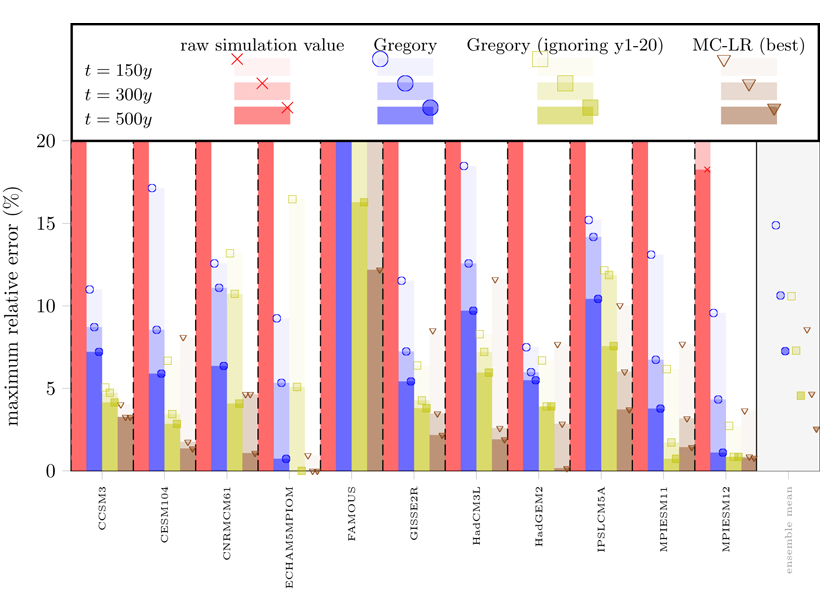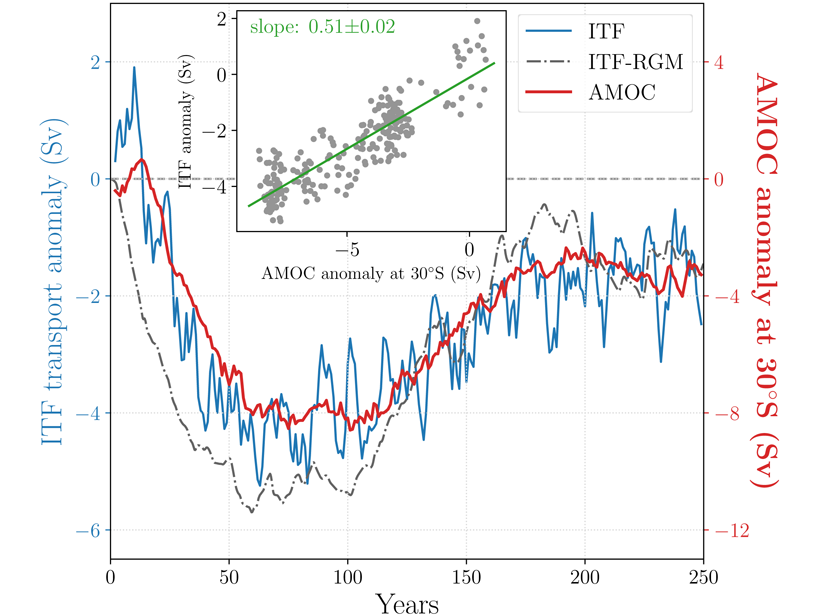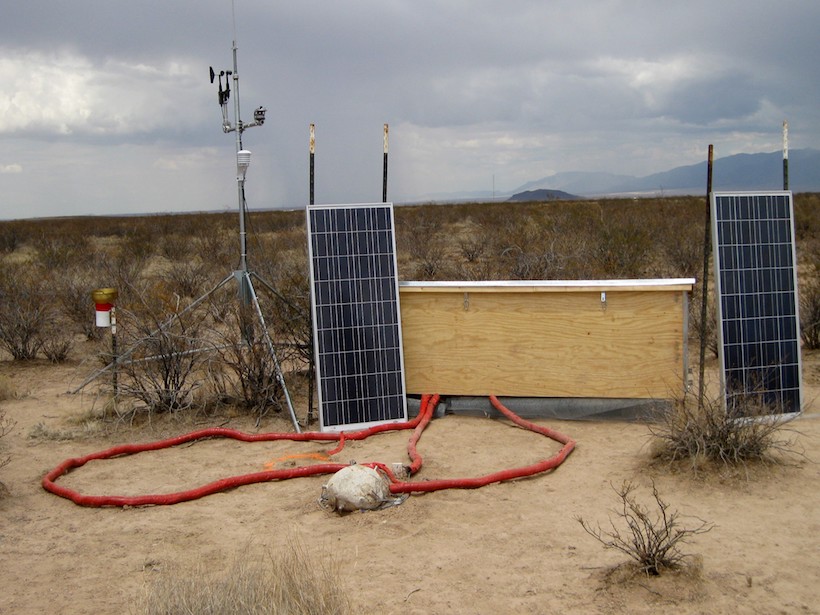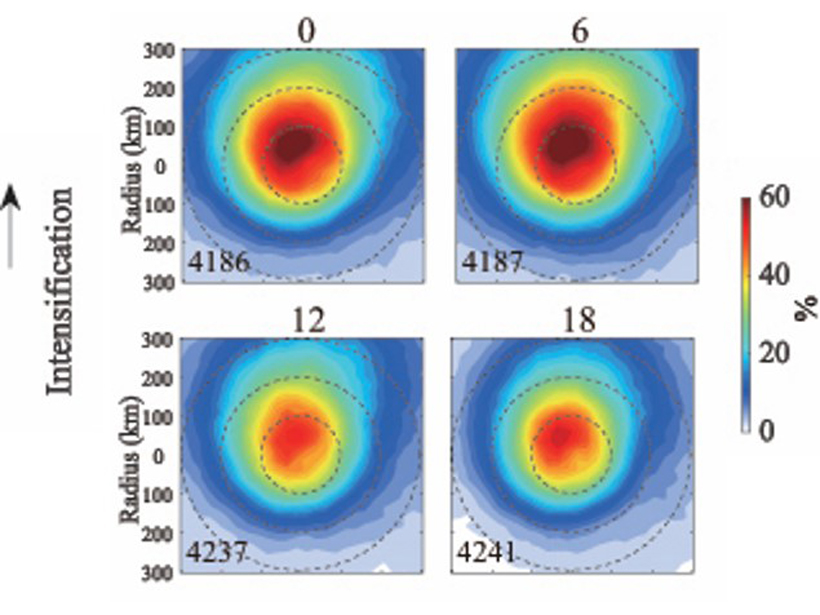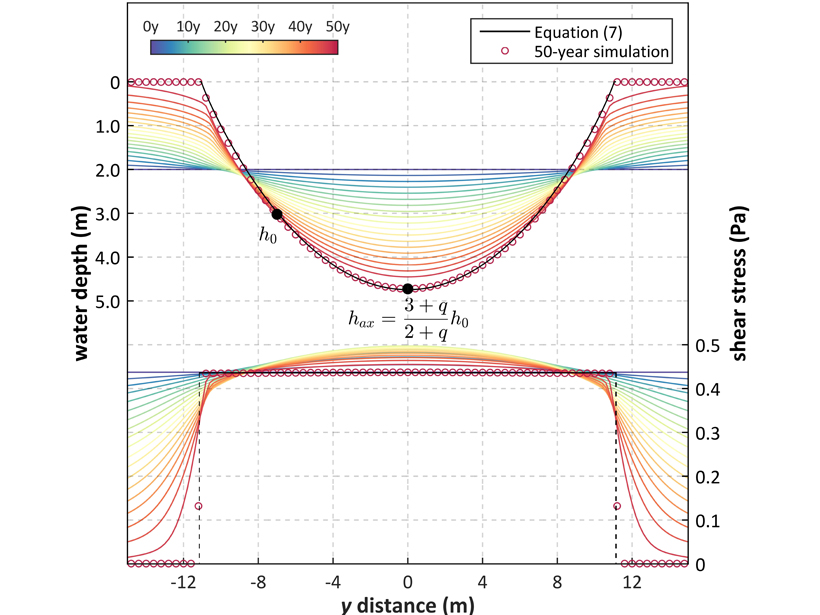Climate sensitivity can be estimated using multiple variables jointly in a multi-component linear regression.
Geophysical Research Letters
Untangling Drivers of Ancient Hurricane Activity
Individual paleohurricane records extracted from the sediments of storm-battered islands do not clearly implicate climate as having shaped hurricane frequency over the past millennium.
Radio on Jupiter, Brought to You by Ganymede
Another first from NASA’s Juno spacecraft: the detection of Jupiter radio emissions influenced by the moon Ganymede, over a range of about 250 kilometers in the polar region of Jupiter.
Hurricanes Wakes Show Asymmetrical Response in Ocean Salinity
It’s well known that hurricanes can substantially impact ocean surface temperature, but a new study shows they can also induce an ocean salinity response in unexpected ways.
What Causes Centennial Changes in the Indonesian Throughflow?
Transient long-term changes in the strength of the Indonesian Throughflow are unexpectedly linked to circulation changes in the remote high-latitude North Atlantic.
Warmer Climates Speed Breakdown of Rocks
Researchers listened to boulders for thousands of hours to investigate how they weathered.
First Detection of a Built-In Wobble on Another Planet
Spacecraft find that Mars oscillates 10 centimeters off its axis of rotation.
How Tropical Cyclones Increase in Intensity Overnight
The diurnal variations of tropical cyclone intensification and decay are analyzed using satellite data for deep convective clouds.
Stream Hydraulic Geometry 1.01
New research provides a theoretical explanation of channel cross section geometry dependence on flow rate that is commonly observed and described with power-laws.
A Floating Buoy Fleet Could Help Scientists Track Rising Seas
A new observing system to track mean sea level could piggyback on infrastructure already in place and extend the geographic area over which sea level is monitored.

